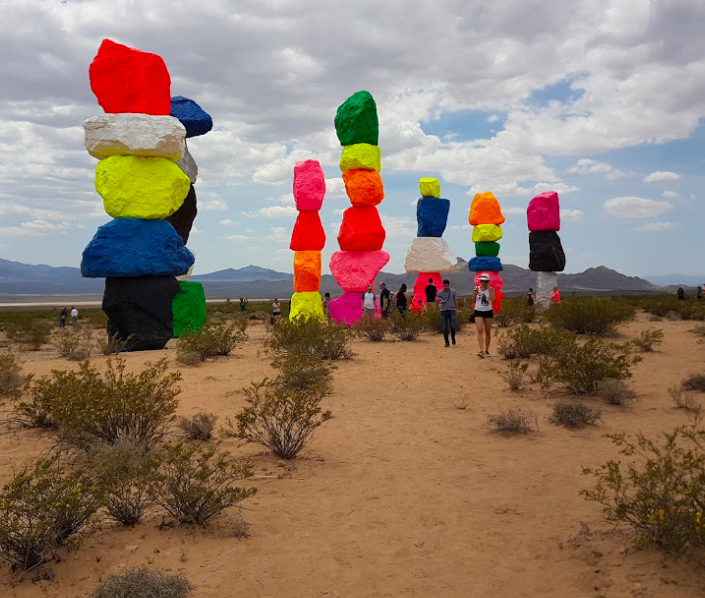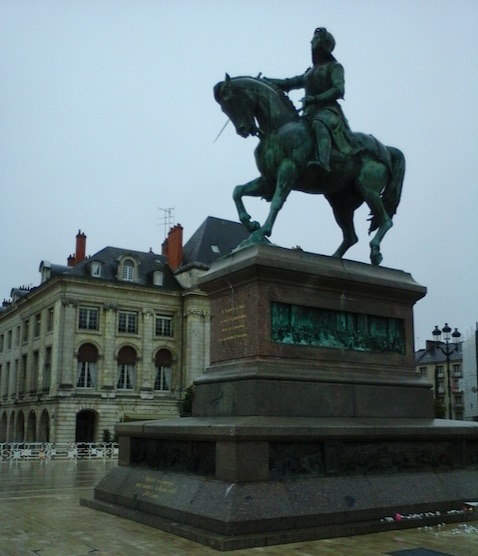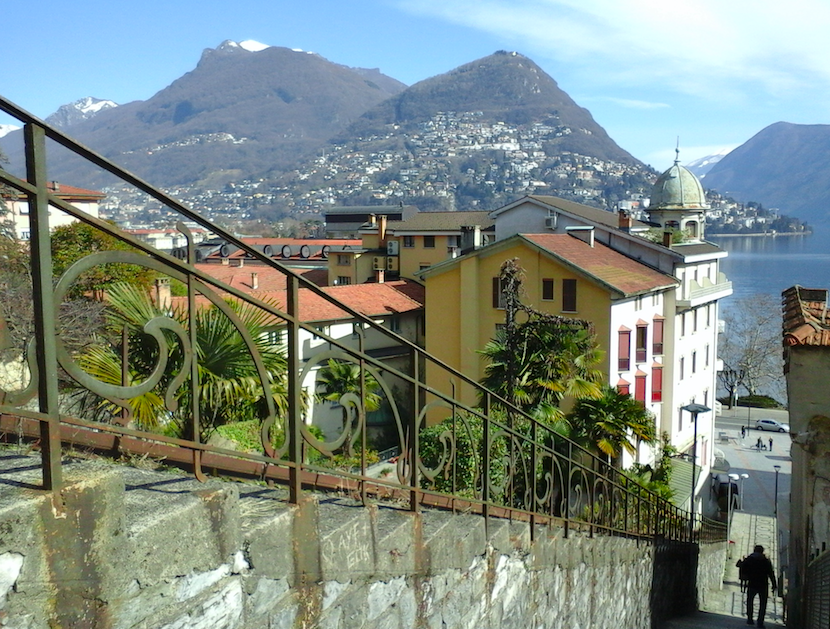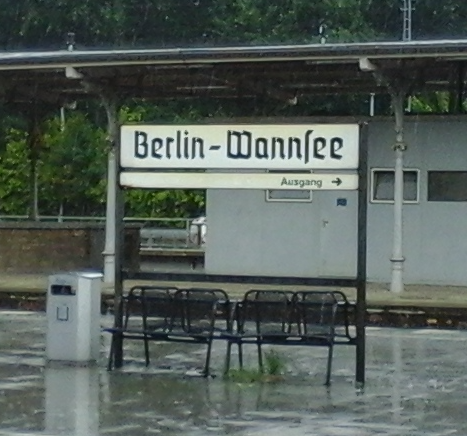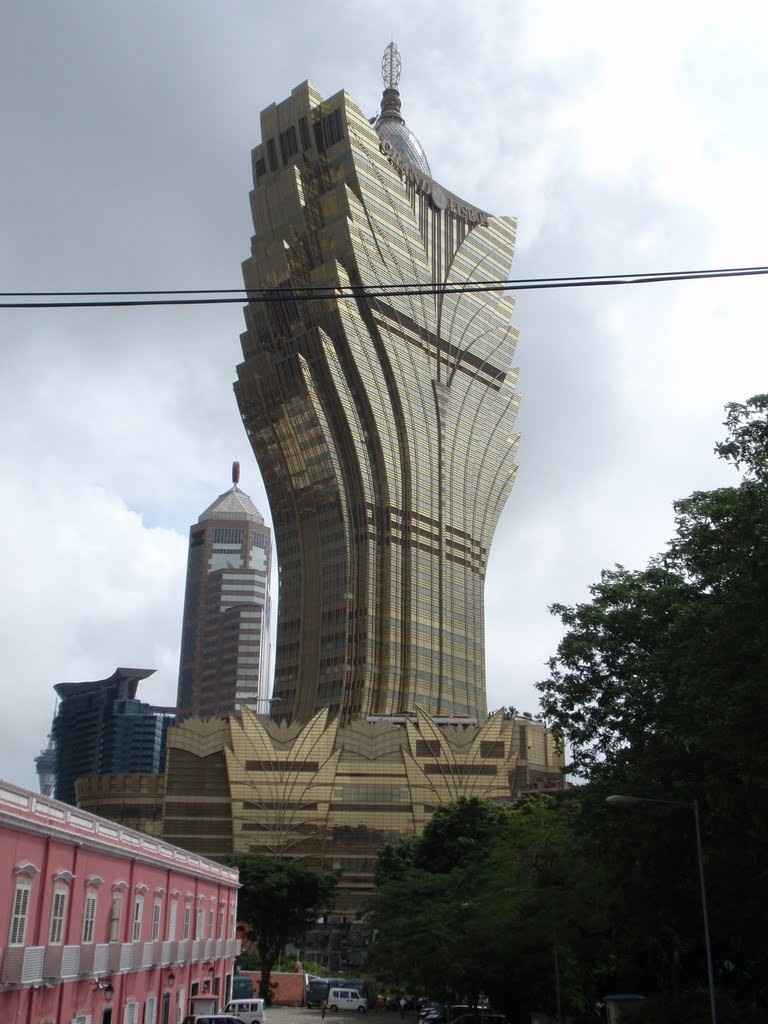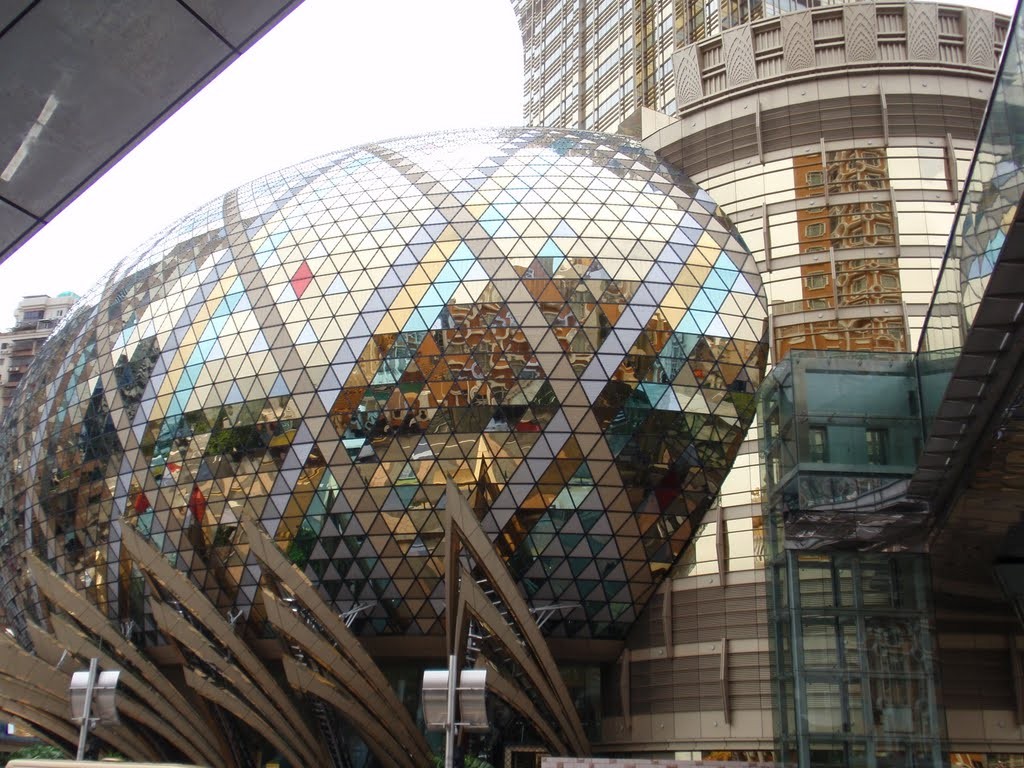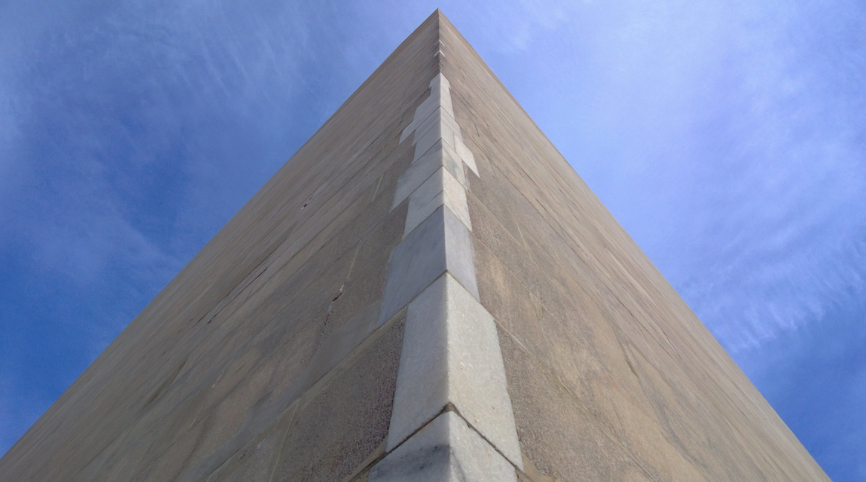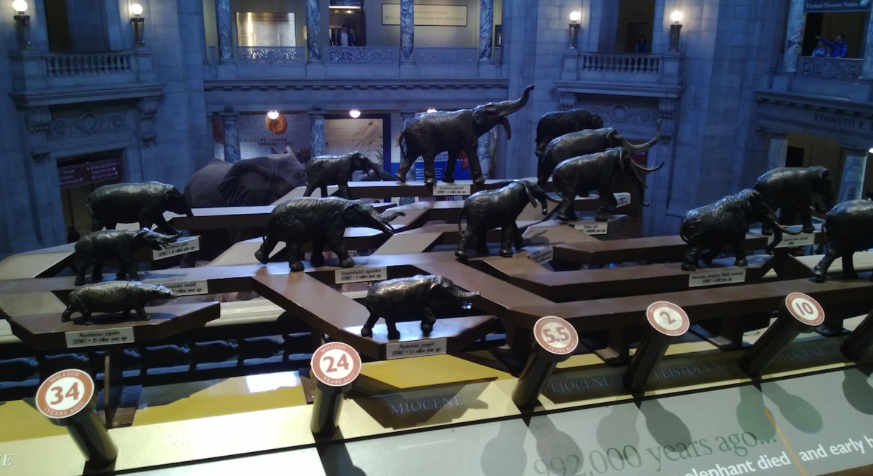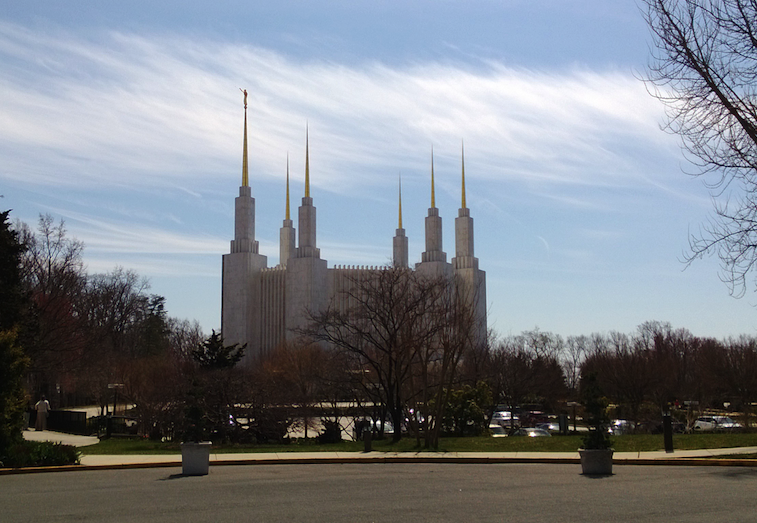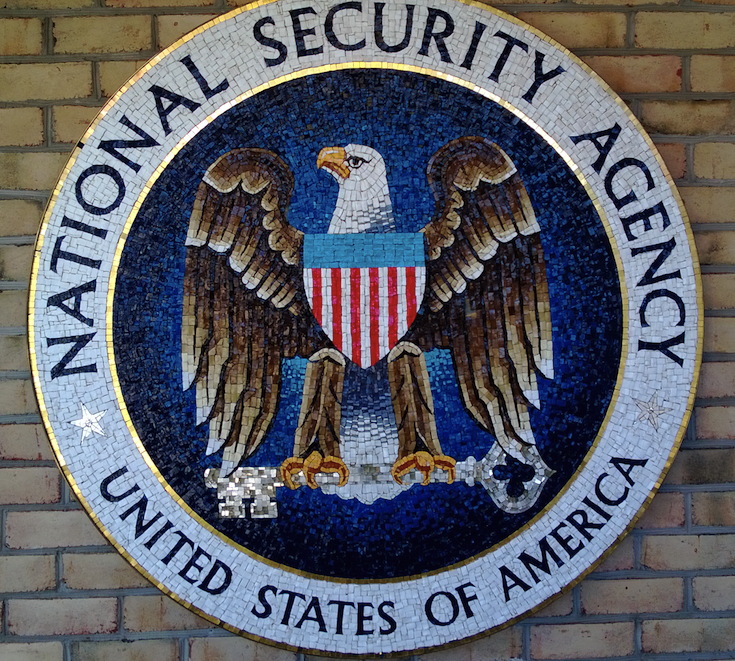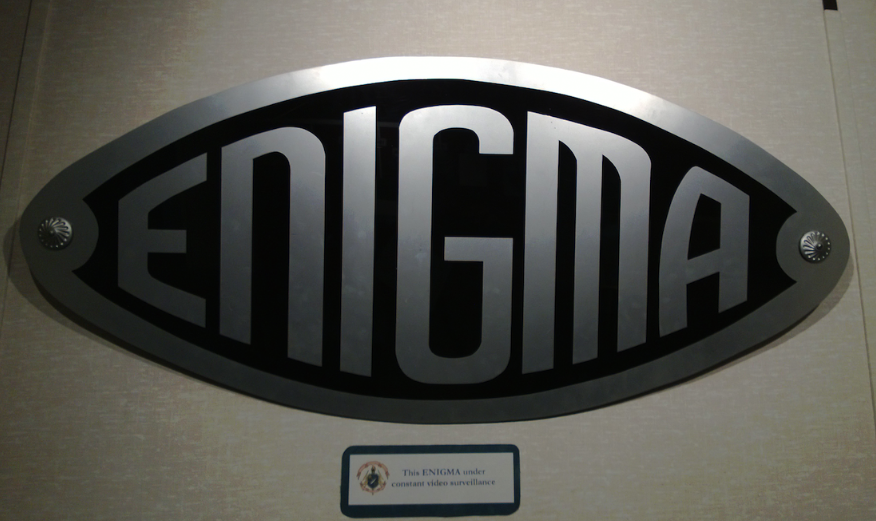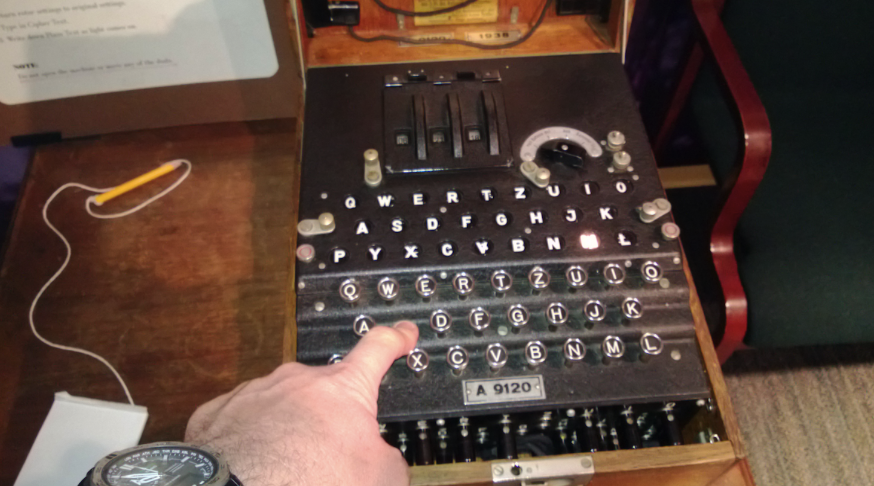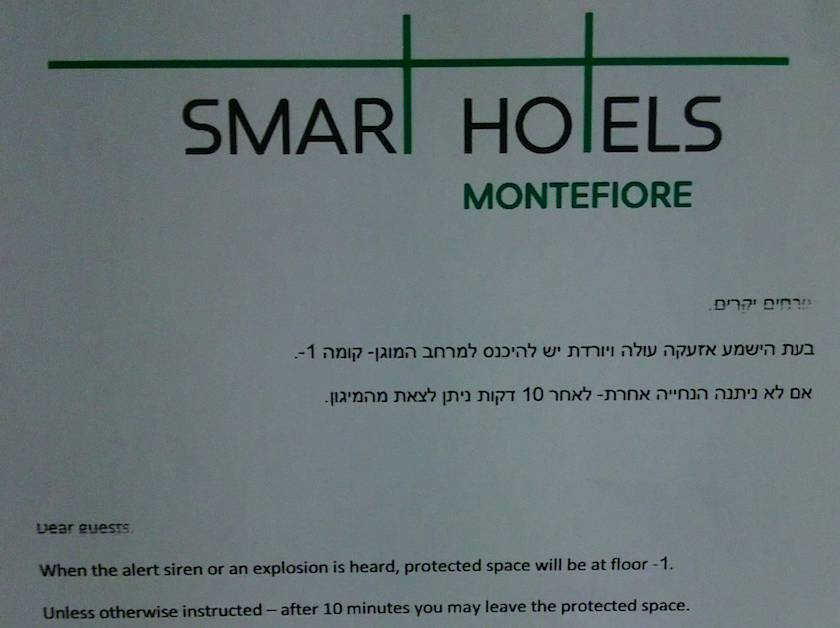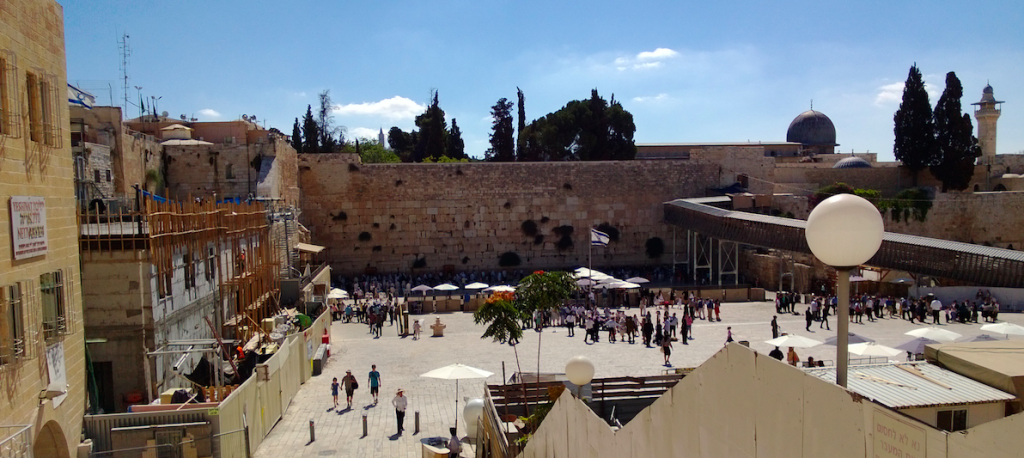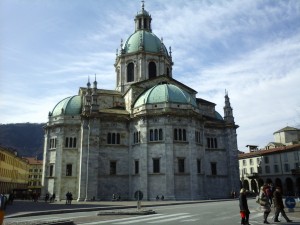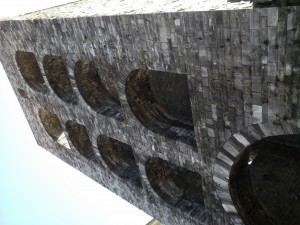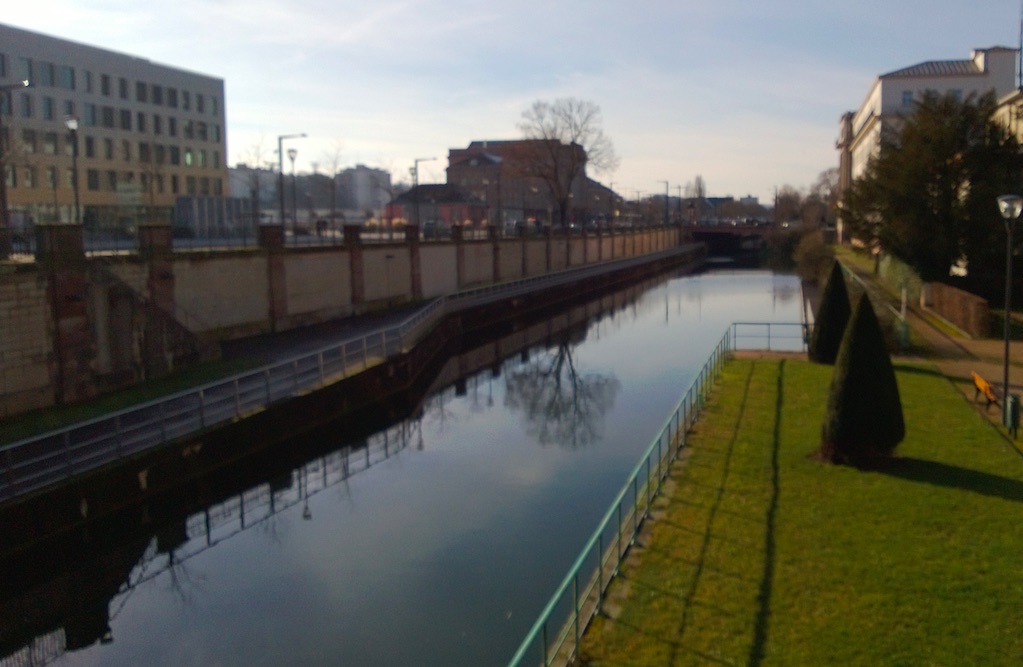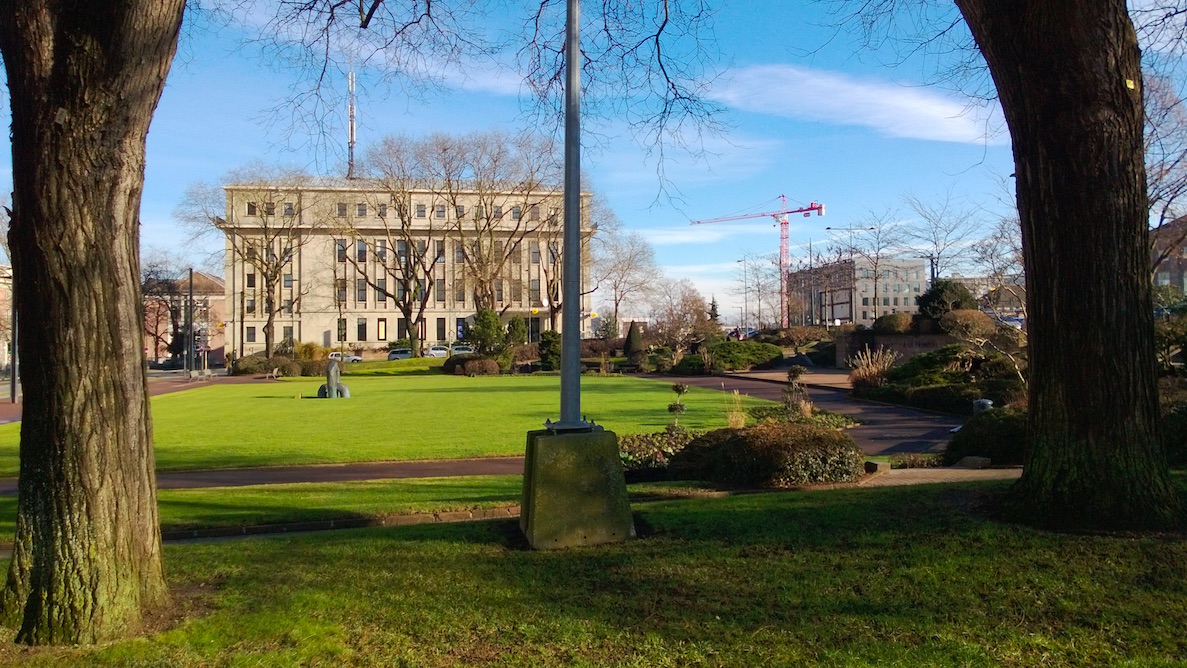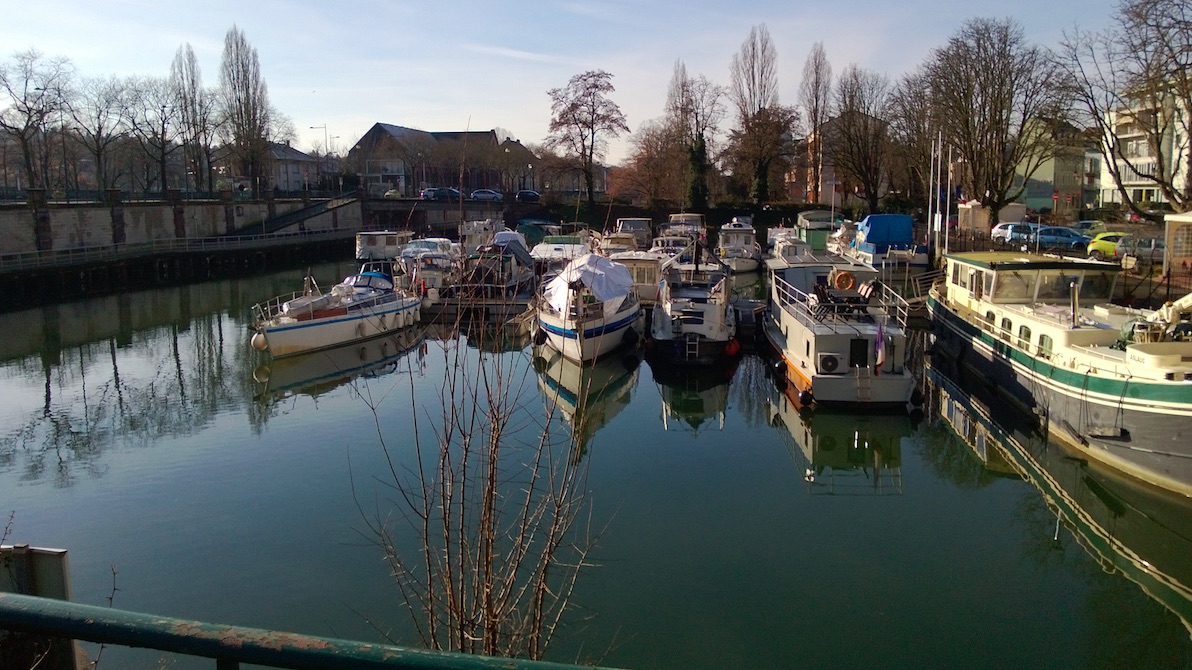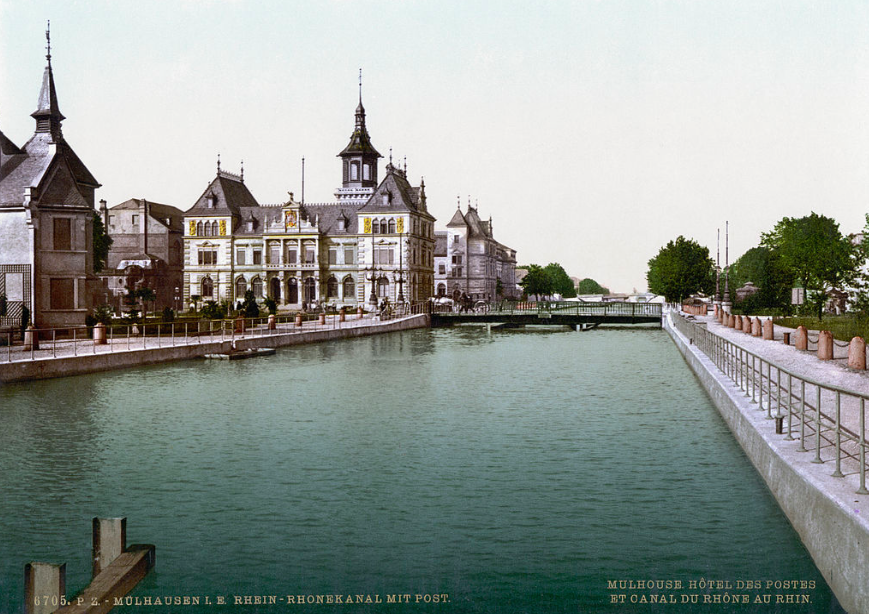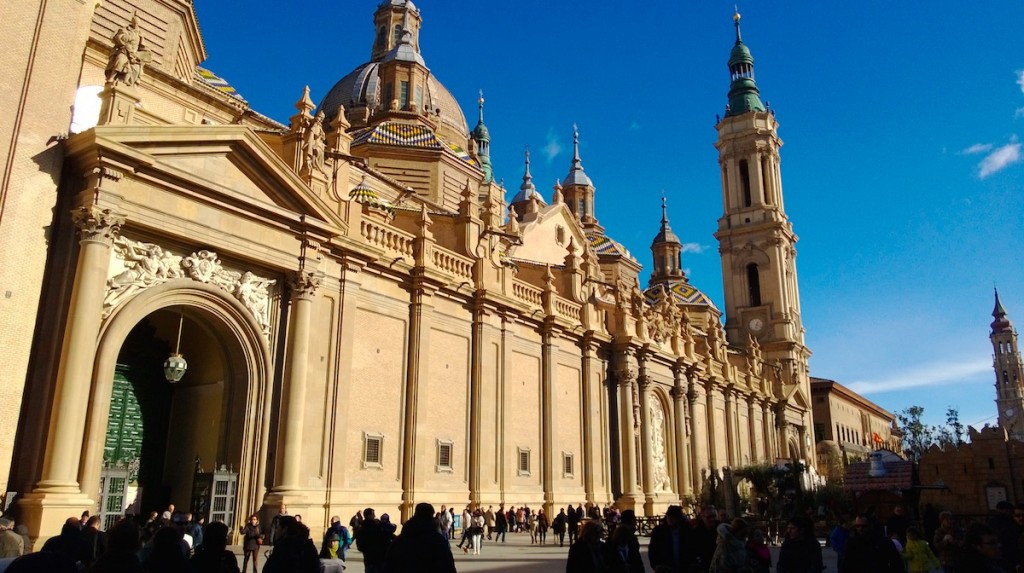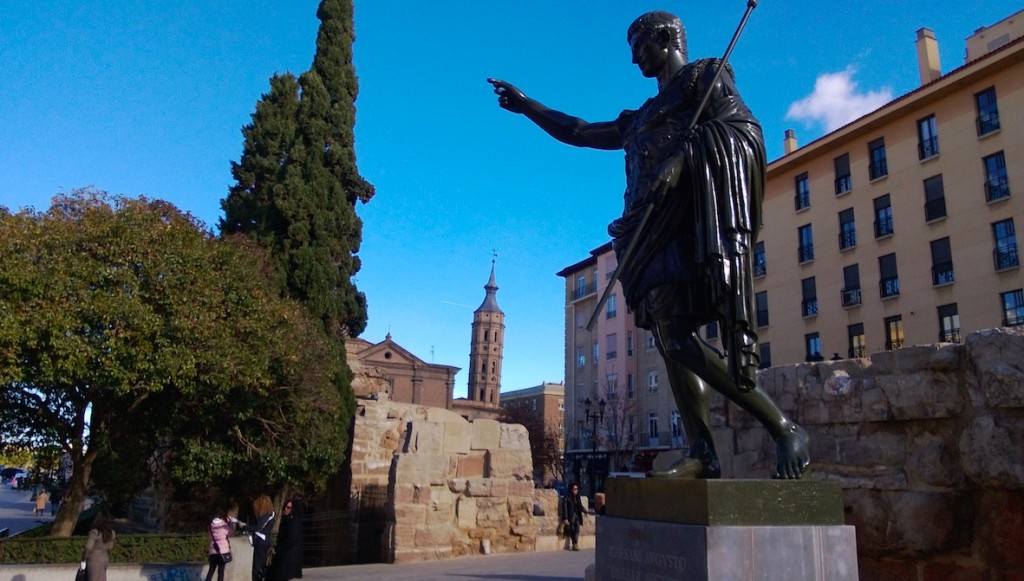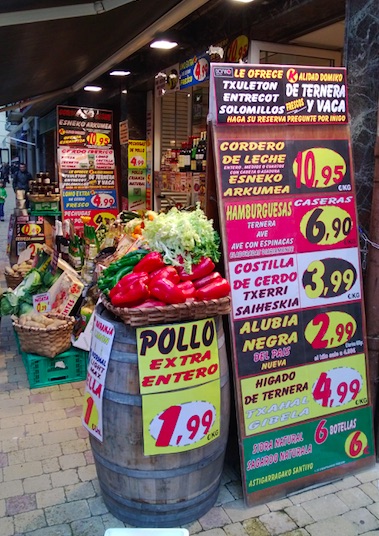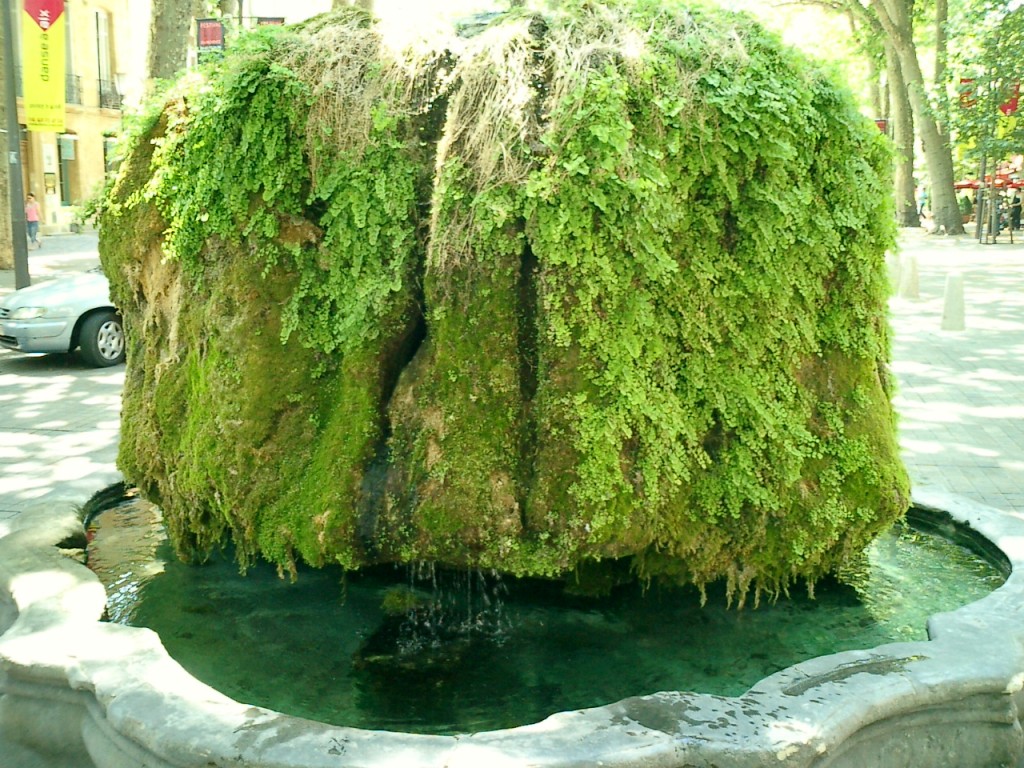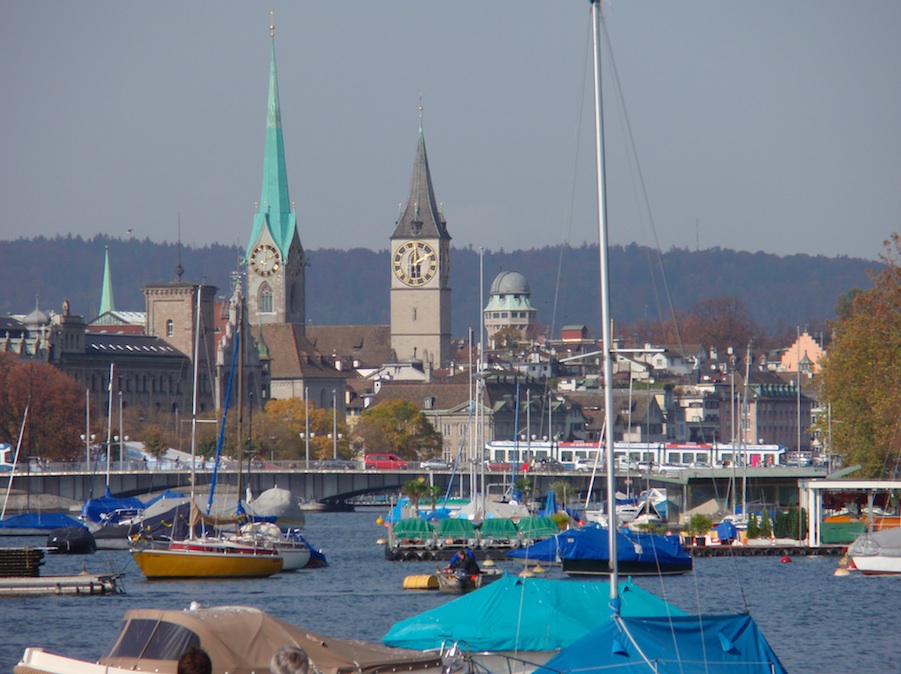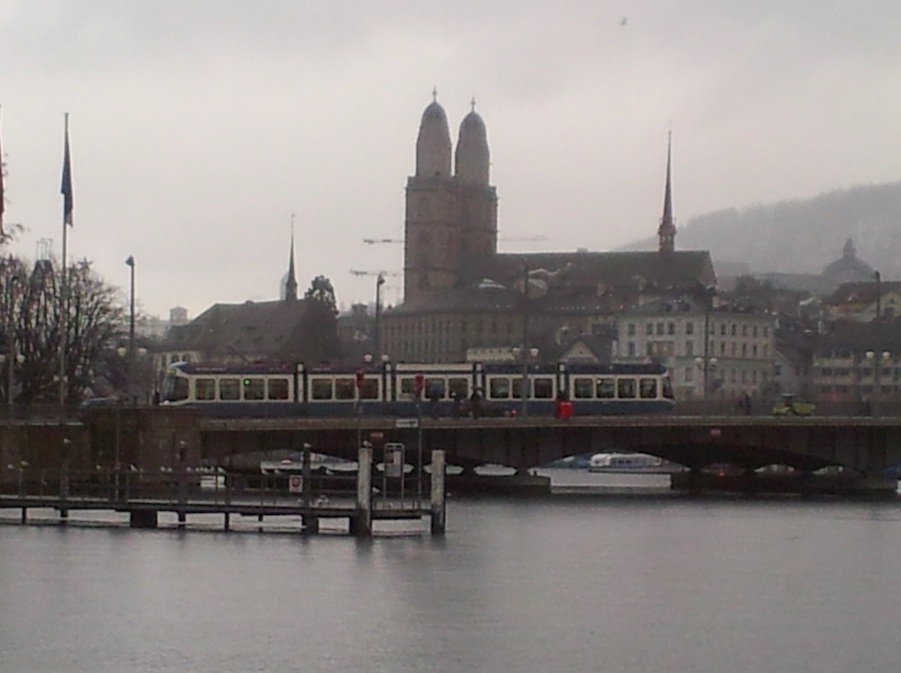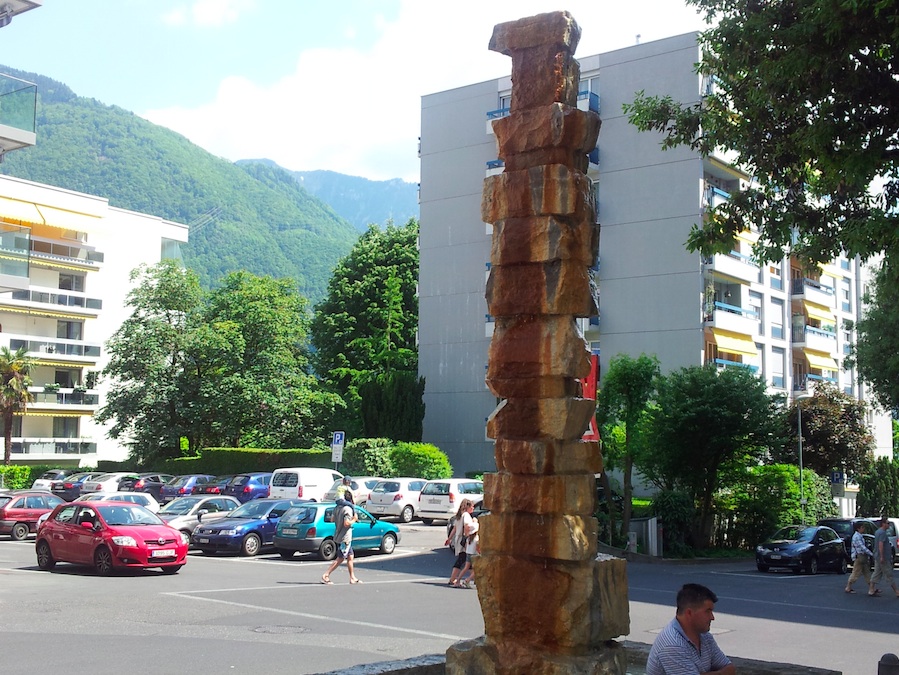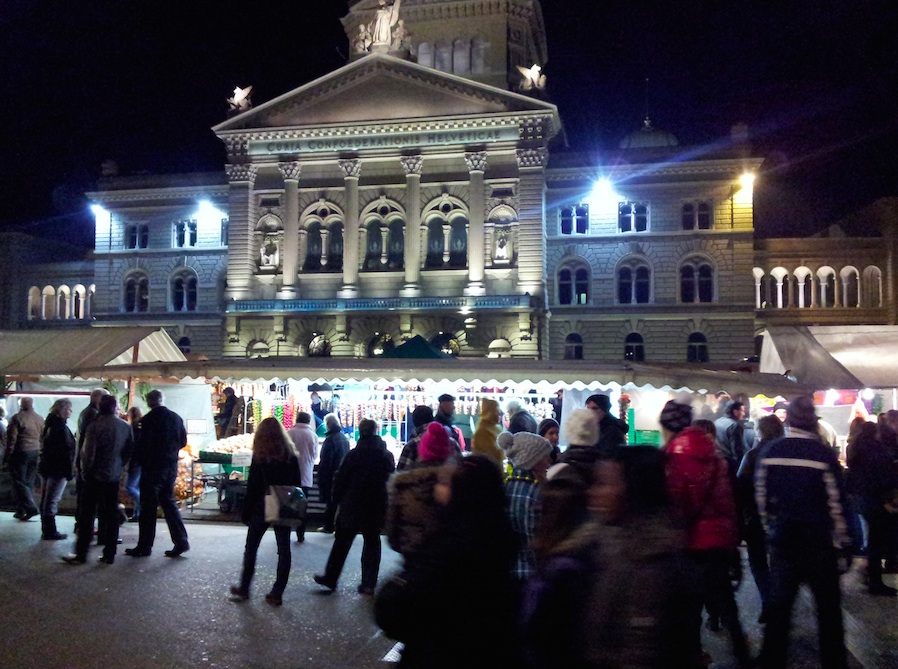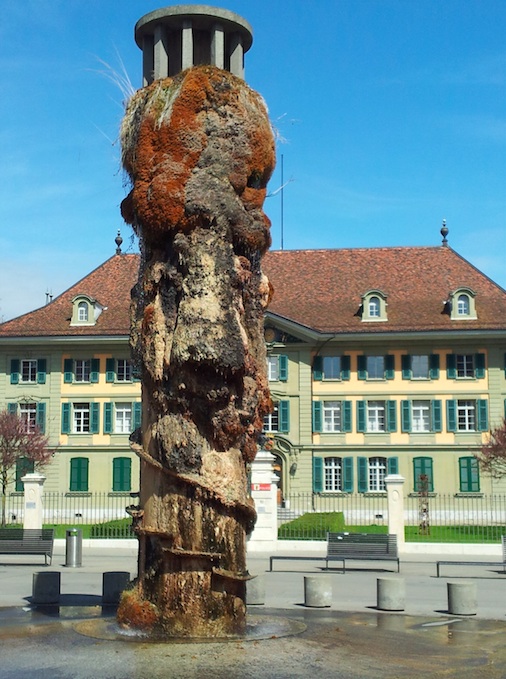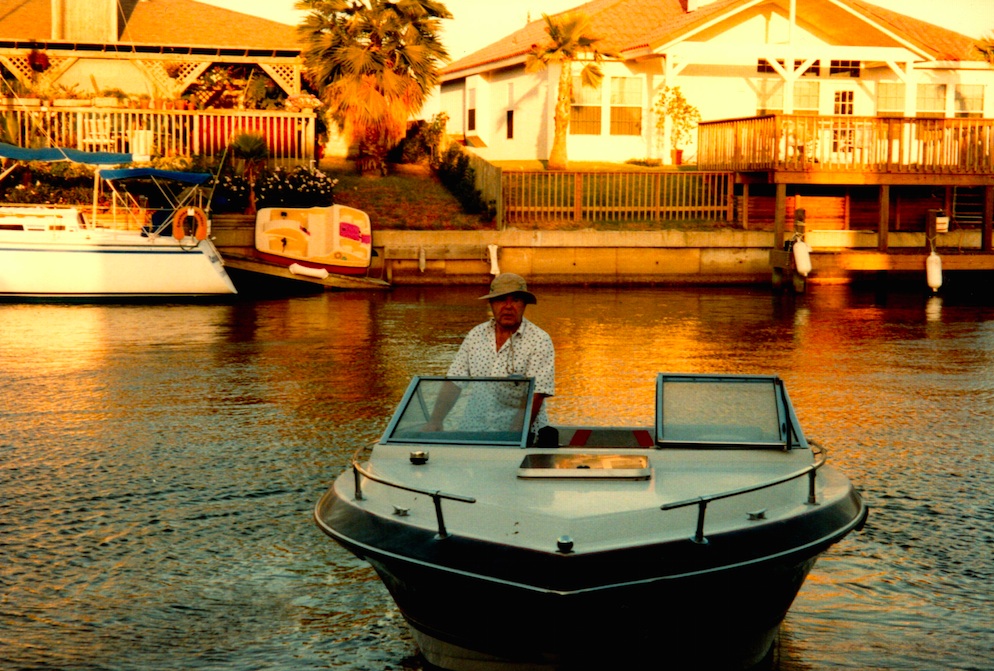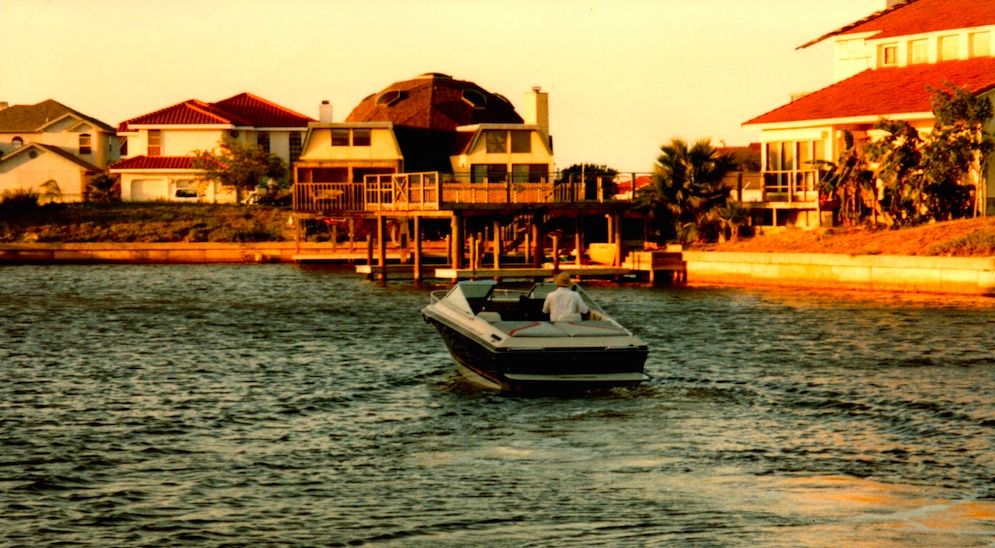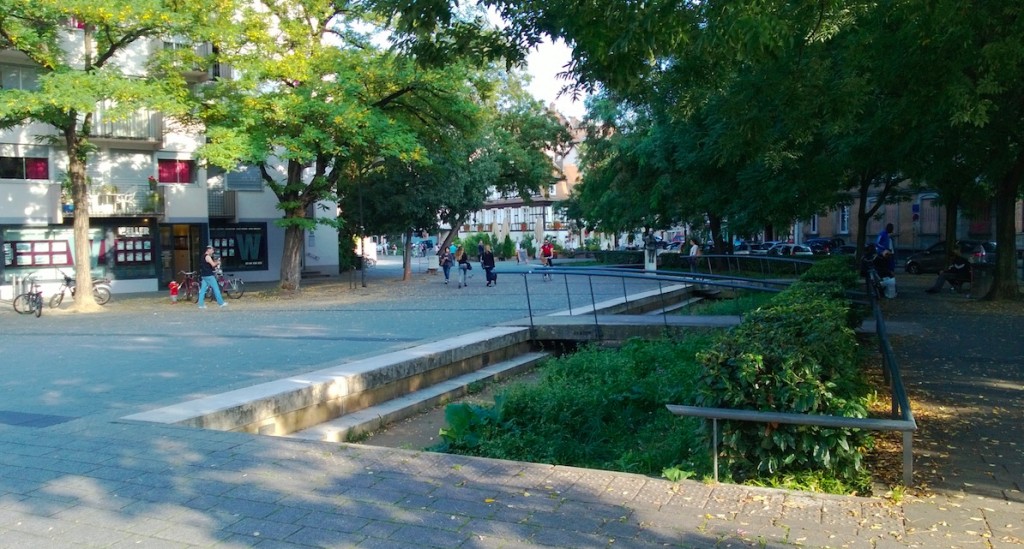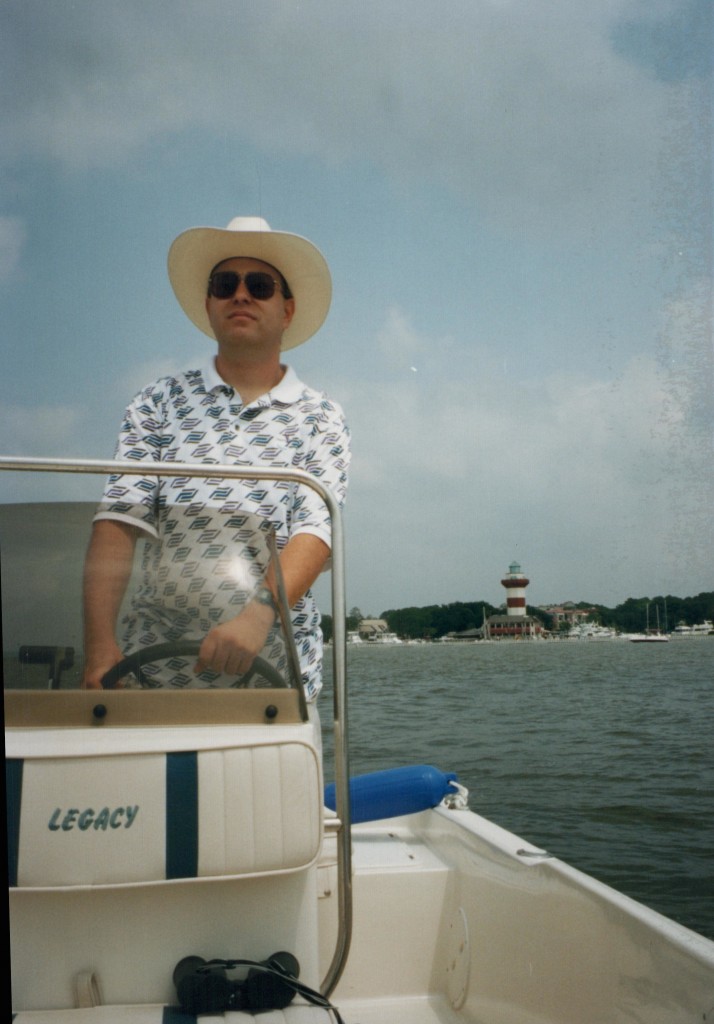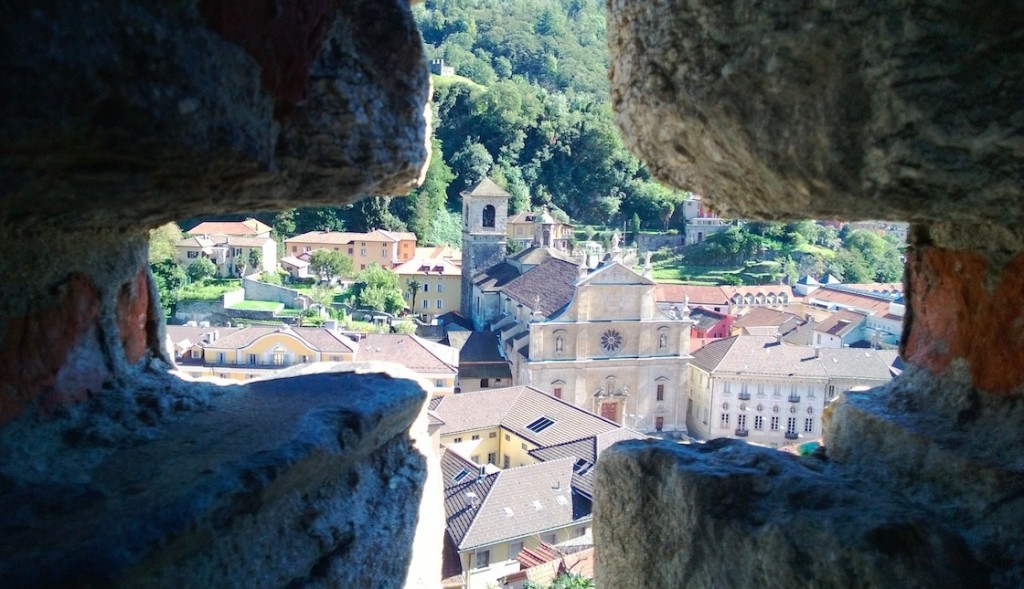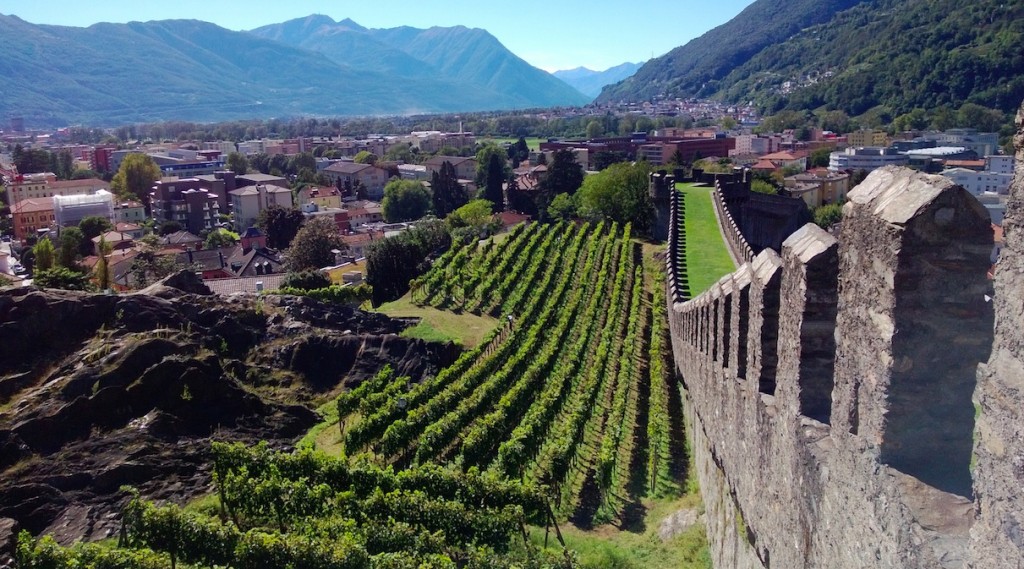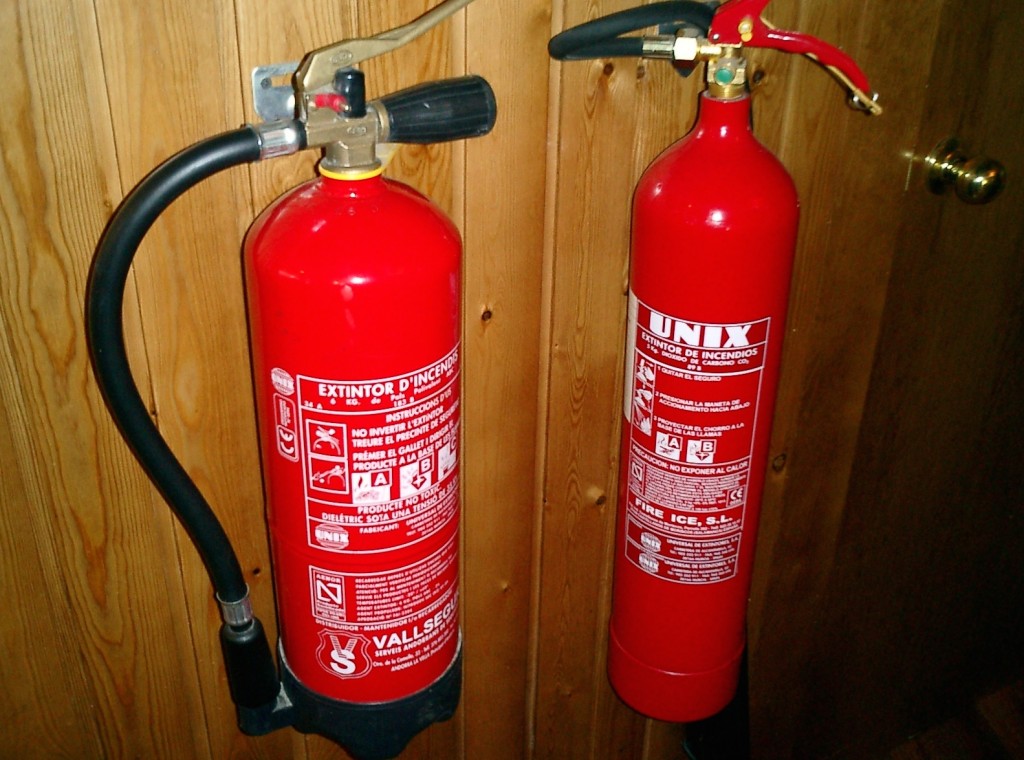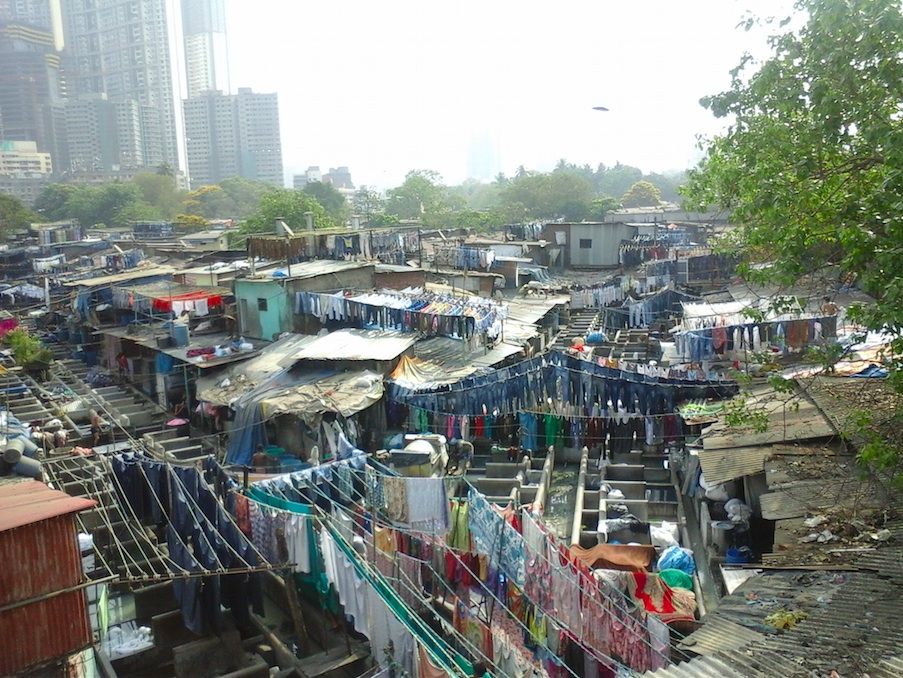A stunning art display just outside of Las Vegas, from Swiss artist Ugo Rondinone.
Travel
Orléans
The town of Orléans north of the Loire Valley in France is where New Orleans got its name!
Lugano
Terrific view next to an old-but-not-abandoned inclined railway in Locarno.
Saline royale d’Arc-et-Senans
It’s a bit off the beaten path, but if UNESCO says it’s worth a visit then it usually is.
What was really impressive is their museum dedicated to salt mining and salt production around the world.
Berlin-Wannsee Bahnhof
I was here to visit das Haus der Wannsee-Konferenz but this sign was the only thing I felt like photographing.
Macau
The Nation’s Capital
I recently visited Washington DC, which I had not visited in many years. I thought some areas (particularly north of the White House) seemed much safer and cleaner than I remember. I saw the White House:
And there is a whole building dedicated to the guy on the 5-dollar-bill:
It makes sense he would get his own building, because the guy on the 1-dollar-bill only got a big concrete stick:
The Smithsonian museums are worth seeing. Their Natural History Museum, for example, has tiny little elephants:
Now, this building looks like a spaceship or an attraction at Disneyland, so you could not be blamed for guessing this is in fact a Mormon temple:
Finally, I visited the NSA in Ft. Meade, Maryland. There is an interesting slogan I saw on a T-Shirt for sale in their gift store: “The NSA: the only government agency that actually listens to you.”
In their museum they have a large collection of Enigma machines, an old Cray supercomputer you can sit on, and other stuff:
A real unexpected surprise was to see a real BOMBE machine, which was used to decrypt devices like the Enigma. The UK apparently junked all of their BOMBE machines, so I was not aware that some were still in existence:
We, the adaptable
As I previously reported here and here, during the last crises in Gaza, I took a trip to Jerusalem. On the one hand I wanted to see and experience for myself what life was really like in this country at this time — but on the other hand, I am not completely stupid, and a hotel within rocket distance of Gaza was out of the question for me. I Jerusalem I saw this sign hanging in my hotel:
There was a rocket warning just the day before I arrived, but the local folks I spoke with seemed used to taking this in stride. It’s really quite amazing, and it just to goes show you amazing how adaptable we humans are.
Western Wall
This is the Western Wall, one of Judaism’s holiest sites.
A few things struck me when I visited it. First, it was much smaller than I had expected.
Second, it was interesting to look at the various pilgrims and visitors. Some were tourists, like me. Some were extremely pious people for whom this was a once-in-a-lifetime event. And others seemed to be “regulars” who came here often.
Città di Como
The small town of Como is located on Lake Como in northern Italy, just across the border with Switzerland. With a car it’s less than a three hour drive from Zürich, so while you’ll find some Swiss residents here on the weekend, it is quite surprising you don’t find more of them.
This shot is pretty but not remarkable:
And this snap is also pretty but not remarkable:
But now to compensate this boredom, here are two remarkable things! First, this is a building whose purpose I cannot fathom. The arches seem much too small to bear any weight, so it’s not clear to me what purpose they served. Second, there is a BUG in the content management system I am using. The picture is not rotated in any way, as you’ll see if you click on it. But the media import module in WordPress – for whatever reason – has created a rotated thumbnail!
So, as is the theme for my website, sometimes you can find the most remarkable of things in the least remarkable places!
Hidden canals #2: Canal du Rhône au Rhin
Here’s why I find canals so fascinating: they were massive, transformational public works projects, still visible today, but whose need and impact to society have all but left our cultural awareness.
And here’s why I find hidden canals so fascinating: out-of-sight, out-of-mind. Dismantling sections of a canal, or covering them over, or filling them in, is the the first step in their disappearance from public knowledge and their relegation to archeology. Ask anyone about a hidden canal, and they will tell you they vaguely remember something but usually can’t quite put their finger on what they remember.
Continuing the series, this is a section of the Canal du Rhône au Rhin in village of Mulhouse, in the eastern part of France:
And here is the bit that is now hidden, covered over by a park and a busstop:
Just to prove a canal is truly hidden here, I simply turn 180-degrees to get this view:
And here is a historical photograph. Next time I get to Mulhouse I’ll have a look if I can find any of these old buildings. But you’ll see immediately from this picture how prominently this canal was incorporated into the landscape architecture : the city was proud the canal ran through it, and the integration (both landscape and cultural) was tight.
Hills Like White Elephants
This is the city of Zaragoza, in the region of Spain called Aragon. This is the famous Basilica of Our Lady of the Pillar church, visited by Popes and pilgrims worldwide. It was here that many people think Hemingway drew inspiration for his short story, Hills Like White Elephants.
World’s most dangerous market?
Or at least it could be, if you make the mistake of saying Hola instead of Kiaxo as you enter. For this market is nestled deep within the tough, unforgiving village of Zarautz, deep within the tough, unforgiving Gipuzkoa region of the country of Basque.
The tough, unforgiving people here speak Basque. The Basque language has no known connection with any other European language, and many scholars believe it is descended from what the Neanderthal humans spoke long ago. Filled with hard, explosive sounds such “k” and “x”, it is more appropriate to a people with massive jaws used for crushing nuts. Some words (such as love, or kxxittkxakkatxtaxkta) are used so seldomly they are difficult even for the locals to pronounce; other words (such as softness, compassion, generosity) have no local equivalents.
But I not only survived my visit but also thrived: I bought a wonderful, fresh-smoked sausage from the local market, which unfortunately then required hours to extract the fat from between my teeth. My jaw was never designed for crushing nuts.
Pillar of Moss and Slime – 3
Continuing the series, arguably the world’s oldest and best-known pillar of moss and slime, located in Aix en Provence, shows that my own name for these objects, pillars of moss and slime, is not half bad: this one is officially known as Fontaine Mossue. Interestingly, it is a natural hot water spring that dates back to the Roman times.
Two views from Bürkliplatz
Pillar of Moss and Slime – 2
Continuing the series, this pillar of moss and slime is located in Montreux, on the eastern shore of Lake Geneva. As you can see, as far as biotopes go, this one is just getting started. I’ll have to drop by next year and see how it’s changed.
But, there are still plenty of other pillars of moss and slime that I’d like to share as time permits.
Zibelemärit: the most strange and unusual market you’ll ever see!
The Zibilemärit is held on the fourth Monday of every November. It is a huge, world-class, one-day-only street market in the UNESCO city of Bern, Switzerland. What is so unusual about the market: it opens at 3:00 AM, by 4:00 AM the market is already full of many thousands of visitors, transported here from all over Switzerland by special trains that the Swiss Federal Railways schedule.
And aside from beer and wine, the only product that is sold at the dozens and dozens of stands and vendors: onions and garlic. The best part is all the hot food you can eat: garlic soup, onion soup, garlic bread, onion cookies, you-name-it-with-garlic-and-onion!
The history of the market dates back over 650 years: after a fire destroyed much of Bern, the villagers in the neighboring village of Freibourg volunteered to help rebuild the city. In exchange for this kindness, the Fribourgers were allowed to sell their goods in Bern, free of taxes.
Pillar of moss and slime – 1
If anyone knows what these things are really called, please let me know. I call them “pillars of moss and slime.” It is a column over which water slowly and continuously trickles. And because of this, the column is host to a variety of natural molds, slimes, algae, moss, and grass – growing in different areas on the column, depending on the ambient light, wind direction, and time of year.
This pillar of moss and slime is located in Bern. I’ve seen similar structures scattered throughout western Switzerland (Bern, Zürich, Lausanne, Geneva, Montreux) as well as southern France. I’ll post further pictures as time permits.
When backs are better than fronts – 3
Continuing Part 2 of the series, the neighborhood is called “The Island,” it’s built on North Padre Island (a barrier island off the coast of Texas) – and it is arguably the ugliest neighborhood in the United States, or anywhere. As you can see over my shoulder in the photo above, most of the houses have no landscaping – just ugly, bare sand.
Well, more precisely, the fronts of the houses are ugly. The backs of the houses are a different story, as you can see behind my father, who is bringing in his boat to the boat dock built onto his house.
The Island is carved into dozens and dozens of canals, just like Venice only much bigger, and each house is built directly on a canal. So instead of making the fronts of the houses look pretty, it is their backs, facing the canals, that look spectacular.
Because the canals all lead to the Gulf of Texas, they are filled with saltwater fish – making it one of the few places in Texas that you can do saltwater fishing directly from the dock on your house!
Hidden canals #1: Rue de Zürich
It looks like an unkempt street fountain in the shape of a canal, here at the Place de Zürich, on the Rue de Zürich in the neighborhood of Krutenau, in Strasbourg. And that’s probably what most people would think it is. But they’d be wrong.
Strasbourg is a medieval city, many of whose streets date back 6 or 7 centuries. But the Rue de Zürich is a relatively modern street, created in 1872 by filling in the Rheingiessen Canal. I have not been able to find out exactly why they chose to eliminate this canal, but the timing corresponds to other major canal building efforts in France, most notably the Canal du Marne au Rhein.
Interestingly, there is a fountain just up the street, which celebrates the landing of a group of Swiss in the year 1576. Surely anyone who sees that fountain must be confused (well, I was, until I found out about the ancient canal), because there is otherwise no other indication that Rue de Zürich was once a famous canal!
There are a few other interesting examples of “hidden canals” I hope to share in the near future.
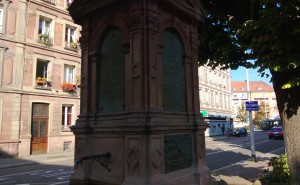 |
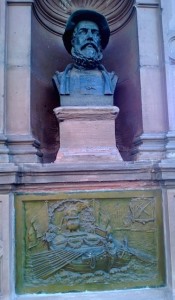 |
Hilton Head
Hilton Head Island – the “low country” home of the famous movie stars, vacation retreat of U.S. Presidents – but I shall always remember it as the place where the police tried to arrest me for driving a Honda in a neighborhood where there are only supposed to be Mercedes.
This has happened to me now twice: in HH, and in the Hamptons on Long Island – an occupational hazard of having friends who number among the mega-wealthy!
From war to peace
I’ve often wondered when and how historical military structures transition from things of war to things of tourism. Maybe the border between Pakistan and India, or between North and South Korea, are examples of this today? Still military in nature, but increasingly visited by tourists.
At any rate, the Castlegrande in Bellinzona has long since passed over into the tourist realm, as the grassy ramparts below show.
Fighting Unix fires in Andorra
Or is it, fighting fires with Unix? At any rate, I spotted this Unix fire extinguisher hanging on a wall in a café in Andorra, one of the world’s tiniest countries, and Europe’s highest capital city, locked high in the Pyrenee’s mountains between Spain and France.
India’s glimpse into Europe’s past: the “Little France” of Mumbai
One reason I love India so much: India provides an amazing glimpse into the history of Europe.
Shown here are the Dhobi Ghats, or clothes washing area, of Mumbai. What 99.99% of most tourists don’t realize is that Europe had these places, too, and you can find a picture of one in my recent blog about Petite-France. Today, the washing area in Petite-France is covered in flowers and lined with street cafés; but a few hundred years ago, clothes were washed in segments along the river: the clothes for the rich people upstream, and the clothes for the lesser privileged downstream. So what you see above is likely much cleaner and nicer than what it would have looked like in France!
My biggest gripe: Europe evolved slowly, and these old places were slowly transformed and retained. In India as in the U.S., the high-speed of big urbanization means that interesting cultural places (such as the Dhobi Ghats) are often developed right out of existence.
Taj Mahal of the Balkans?
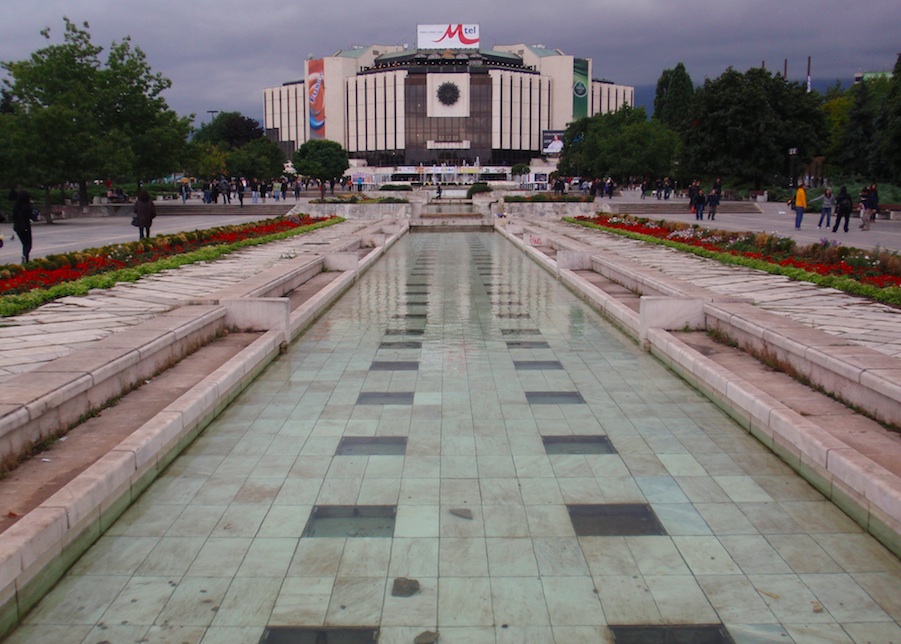 OK, probably not. This is a photograph of the convention center in downtown Sofia, Bulgaria – but it bears an eerie resemblance to “the shot” of the Taj Mahal, which I photographed here. I wonder if the architects were aware of this, or if it is just coincidence?
OK, probably not. This is a photograph of the convention center in downtown Sofia, Bulgaria – but it bears an eerie resemblance to “the shot” of the Taj Mahal, which I photographed here. I wonder if the architects were aware of this, or if it is just coincidence?
